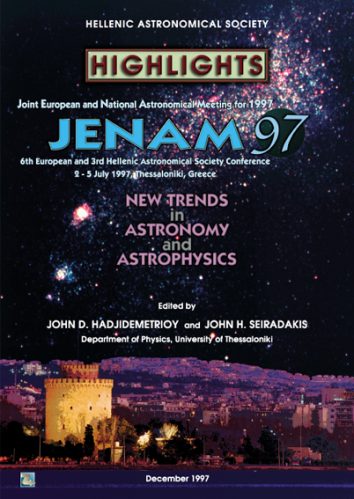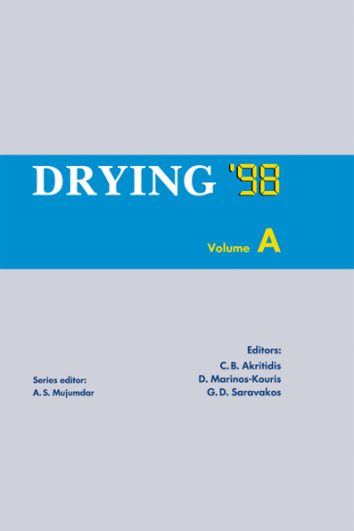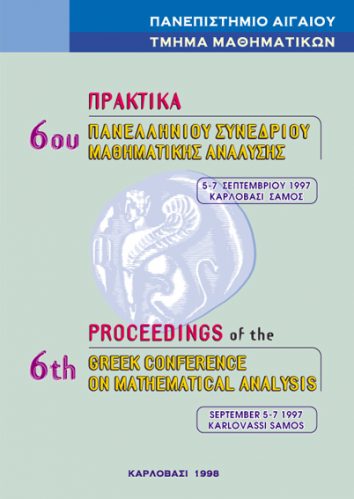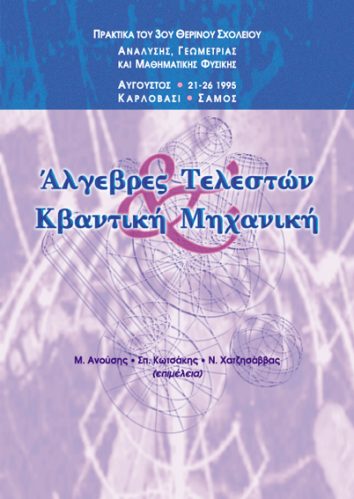
Boehler Wolfgang
Proceedings of the CIPA WG6 International Workshop on Scanning for Cultural Heritage
The ICOMOS /ISPRS Committee for Documentation of Cultural Heritage | September, 1-2, 2002, Corfu, Greece
Co-Organized by
CIPA Working Group 6 (Chair: Wolfgang Boehler)
ISPRS Commission V (President: Petros Patias)
Edited by Boehler Wolfgang, Chairman CIPA Working Group 6
Preface
Scanning instruments, recording hundreds or even thousands of 3D points per second, have added a new perspective to metric surveying. Besides topographic laser scanners operating from airplanes, various instruments are available for close range applications.
Although all of those instruments produce 3D coordinates in real time, they rely on different principles. Ranging instruments can be explained as high speed surveying instruments whereas triangulation type instruments, including one or two digital cameras, could be regarded as photogrammetric devices. From a user’s point of view, a discussion whether scanners belong to geodesy or photogrammetry is of no relevance, however.
So far, scanners were widely used for the as-built-documentation in industry. The rapid measurement of huge numbers of 3D points on object surfaces is also very suitable for the documentation of cultural heritage objects, such as buildings, ruins, sculptures and artifacts. The CIPA Symposium in September 2001 at Potsdam, Germany, showed that scanner producers are interested to enter this market and some users have already gained first experiences with this new metric recording technique. Preservation authorities in several countries have asked for guidelines concerning the use of scanning techno-logy, especially in comparison with close range photogrammetry.
This was the motivation for CIPA Working Group 6, “Surveying Methods for Heritage Recorders”, to offer this two day workshop “Scanning for Cultural Heritage Recording – Complementing or Replacing Photogrammetry” immediately prior to the ISPRS Commission V Symposium at Corfu, Greece. The great response from authors and participants confirms the acute interest in this subject. The papers in this volume prove that in many cases both, scanning and photogrammetry can be used advantageously within one documentation project. Which method should be used to what extent under given pre-requisites cannot be answered definitely yet. May the presentations and the discussions of this workshop lead to a clearer view of this question, thus serving the documentation of our cultural heritage.
I would like to express my deepest gratitude to Petros Patias, President of ISPRS Commission V, from the Aristotle University of Thessaloniki, Greece, and his team who took over all the organizing tasks for this workshop from the announcement in the WEB to the printing of the proceedings. This made it easy for myself and my assistant, Mirko Siebold, to organize the scientific program and to edit this volume at the Institute for Spatial Information and Surveying Technology (i3mainz) at FH Mainz, University of Applied Sciences, Germany.
I sincerely hope that all participants will appreciate the program, have the opportunity to meet old and new friends and find some time to enjoy beautiful Corfu Island.
Prof. Dr. Wolfgang Boehler
Chairman CIPA WG 6
Table of contents
1. Instruments and Methods
- 3D Scanning Instruments
W. Boehler, A. Marbs - Multiscale Archaeological Survey Based on the Integration of 3D Scanning and Photogrammetry
G. Guidi, G. Tucci, J-A. Beraldin, S. Ciofi, V. Damato, D. Ostuni, F. Costantino, S. F. El Hakim - 3D-Reconstruction & Re-Production in Archaeology
M. Ioannides, A. Wehr
2. Laser Scanner Behaviour and Accuracy
- CYRAXTM 2500 Laser Scanner and G.P.S. Operational Flexibility: From Detailed Close Range Surveying, to Urban Scale Surveying
M. Balzani, A. Pellegrinelli, N. Perfetti, P. Russo, F. Uccelli, S. Tralli - Explorations into the Behaviour of Three Different High-Resolution Ground-Based Laser Scanners in the Built Environment
M. Johansson - Comparison of Digital Photogrammetry and Laser Scanning
D. D. Lichti, S. J. Gordon, M. P. Stewart, J. Franke, M. Tsakiri
3. Software
- 3D Scanning Software: An Introduction
W. Boehler, G. Heinz, A. Marbs, M. Siebold - A New Software for the Automatic Registration of 3D Digital Models Acquired Using Laser Scanner Devices
L. Bornaz, A. Lingua, F. Rinaudo - Detailed 3D Reconstruction of Monuments Using Multiple Techniques
S. El-Hakim, J.-A. Beraldin, M. Picard - Exploring a Byzantine Crypt through a High-Resolution Texture Mapped 3D Model: Combining Range Data and Photogrammetry
J.-A. Beraldin, M. Picard, S. El-Hakim, G. Godin, C. Latouche, V. Valzano, A. Bandiera
4. Documentation of Artifacts
- Using of Laser and Digital Camera Based Systems for 3D Object Documentation
K. Pavelka - Volume Based Reconstruction of Archaeological Artifacts
M. Kampel, R. Sablatnig, S. Tosovic - Surface Model Generation by the Relics from Slice Images, and the Trial to the Automatic Restoration
Y. Watanabe, K. Tanaka, N. Abe, H. Taki, Y. Kinoshita
5. Projects and Experiences
- Thealasermetry: A Hybrid Approach to Documentation of Sites and Artefacts
C. E. Borg, J. A. Cannataci - Laser Scanning and Traditional Survey Integration to Build a Complete 3D Digital Model of “Sagrestia dell’Archivio di Stato a Mantova”
R. Cantoni, G. Vassena, C. Lanzi - Experiences with Laser Scanning at i3mainz
A. Marbs - Digital Photogrammetry and Laser Scanning in Surveying the “Nymphaea” in Pompeii
G. Bitelli, A. Capra, A. Zanutta - Experiences of Laser Scanning for Close Range Structural Recording
D. Barber, J. Mills, P. Bryan - Pharaoh Pepi I.: Documentation of the Oldest Known Life-Size Metal Sculpture Using Laser Scanning and Photogrammetry
G. Heinz
6. Various Subjects
- From Digital Photogrammetry to 3D Digitalization for Art Objects Measurement
O. Feihl, E. Renaudin - The Osiris Project (Optical Systems for Interfero-metric-Photogrammetric Relief Investigation and Scanning). Development of a Device for 3D Numerical Recording of Archaeological and Epigraphic Documents by Optoelectronic Processes
D. Laboury, Y. Renotte, B. Tilkens, M. Dominique, R. Billen, Y. Cornet - Survey of Available 3D Visualization Techniques
W. Schuhr, E. Kanngieser - Accurate Texture-Mapped 3D Models for Documentation, Surveying and Presentation Purposes
M. Sgrenzaroli, E. Wolfart




